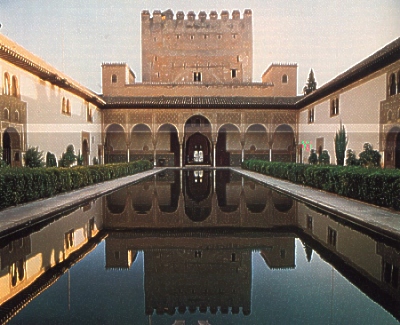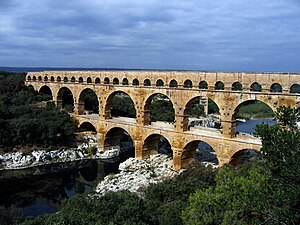Oh no! Its the year 337 A.D and Constantine is dead! After the decline of Rome, the west of Europe declined and the east did amazing! After Constantine died, Justinian became the next ruler.
In byzantium, at the time, the had several basilicas, also known as churches, that were very beautiful! Here lets take a look at some!
This is the Hagia Sophie, its pronounced i-ah Sophie, its name means "the church of holy wisdom."
The Triangular pieces on the ceiling are called triangular pendentives, they make is so that a round dome can be on a rectangular building. How neat!
This is St. Marks Basilica in Venice, Italy!
St. Mark's basilica symbolizes the lagoon and enshrines the city's history. Possession of the saint's relics enabled the Republic to establish its authority, from 828 and onward, over Grado and Aquileia. In 1063, under Doge Domenico Contarini, it was decided to rebuild the church on the same Greek cross plan as the previous one. In 1096 it was finished, but the decorative work continued until the beginning of the 19th century. Wow how crazy is that!? That is such a long time! The model had been furnished by the Church of the Holy Apostles in Constantinople (536-46); five domes covering the crossing and each of the arms, supported by large piers linked by arches. The light was thus directed towards the centre of the basilica, leaving the side aisles in comparative shadow.
(Image found here)
This is my favorite Church in the Byzantine Era!
Although it's known to everyone as St. Basil's, this legendary building is officially called "The Cathedral of the Intercession of the Virgin by the Moat. The "onion domes" on top are called Kokoshnikis!
Now we are going to start looking at some of the byzantine painting Characteristics!
To start of, they painted on wood using egg whites which served as worship centers in peoples' homes! Yes, you read that right, they used egg whites to paint with! Another characteristic they had painted were middle eastern features, long fingers and body's, flat ineffective draping, halos, and they painted baby's like little grown men, which looks just as creepy as it sounds. They strove for beauty and essence, not realism.
Here is a picture of how they painted Jesus:

Another Picture of their normal painting style:
(Notice how old the baby looks)
Now for our few last pieces of Byzantine Architecture, The Alhambra and the Dome of the Rock.
The Alhambra, which means the red fortress, is found in Spain. It is famous for its beautiful gardens and Moorish and Byzantine architecture.

Image found here

Image found here
And last but not least, the Dome of the rock in Jeruselm! It was built on a holy site for Muslims, Jews and Christians. It is supposedly built on the rock that Mohammed ascended, for Muslims, and where Abraham almost sacrificed his son Isaac, Christians and Jews.
Image found here
Here is the rock it was built on, its also the inside of the Mosque:

Image found here






